Introduction
Plant diseases can be a major problem for farmers and gardeners. Diseases can damage crops and lower yields when you’re growing vegetables, fruits, or ornamental plants.
While chemical solutions exist, many people want to use organic methods to protect their plants. Organic methods are safer for the environment and people consuming the crops.
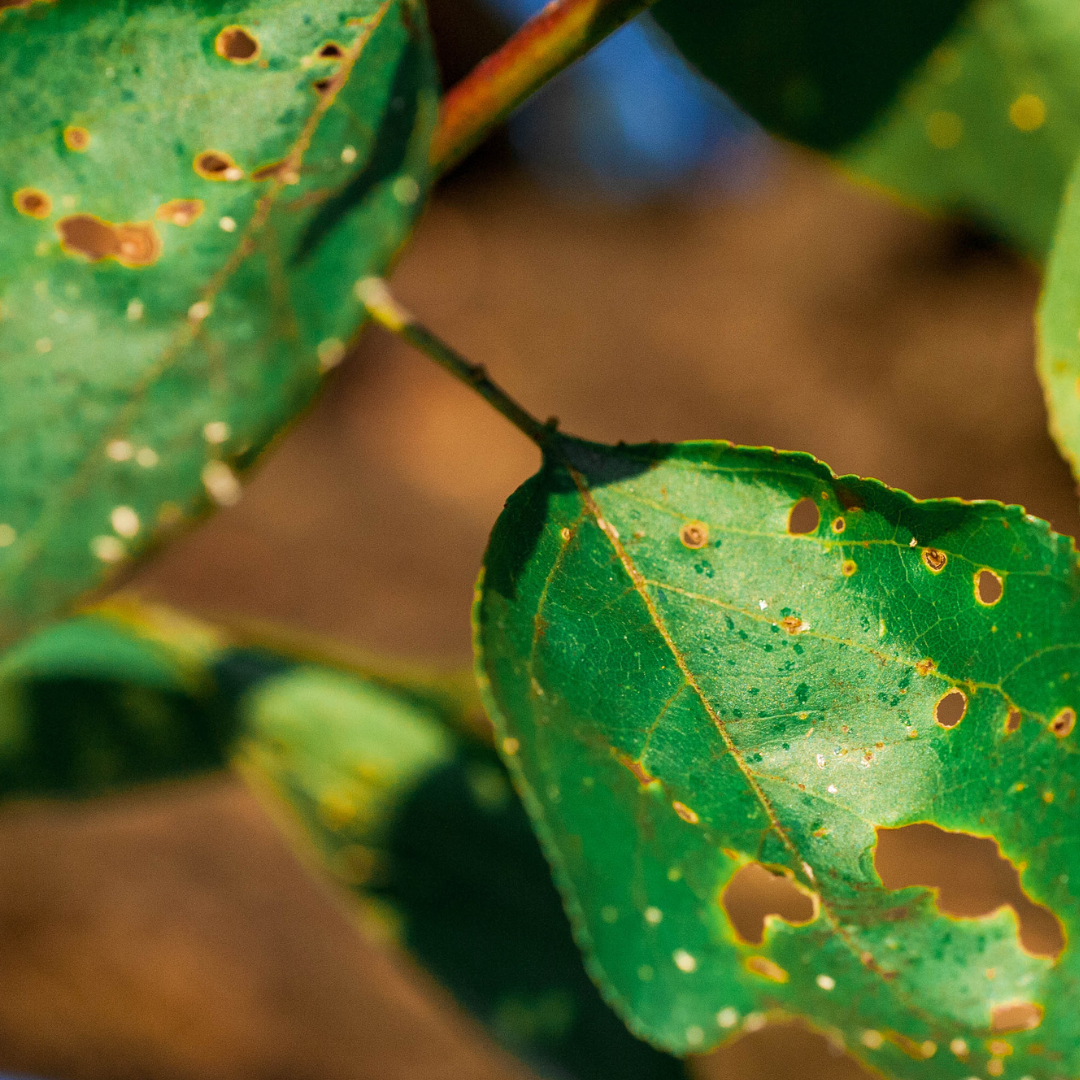
This post will explore how to deal with common plant diseases using organic methods.
What Are Plant Diseases?
Organic Methods to Deal with Plant Diseases
There are several ways to treat plant diseases organically. These methods focus on prevention, using natural materials, and improving plant health to make them more resistant to diseases. Here are some organic methods you can use:
1. Crop Rotation
Crop rotation is one of the best ways to prevent diseases. By rotating your crops each season, you reduce the chances of soil-borne diseases building up in the soil.
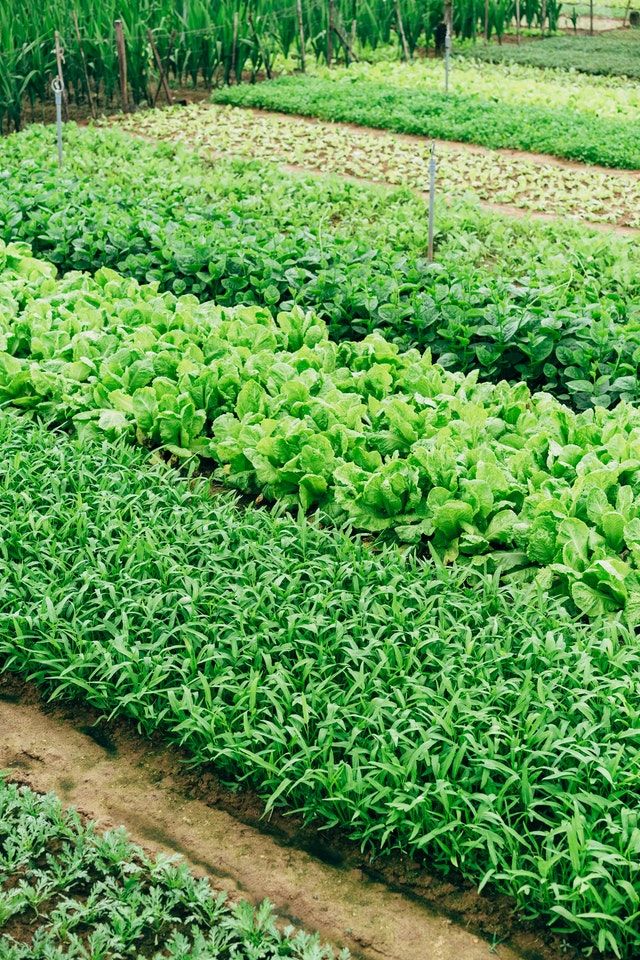
For example, if you plant tomatoes in the same spot year after year, diseases like early blight or fusarium wilt can persist in the soil. However, by rotating crops, the pathogens that affect a specific plant will not find a host the following year.
How to Rotate Crops:
- Group your plants into families (like tomatoes, potatoes, and peppers in one family, and beans and peas in another).
- Rotate plant families each year to different spots in your garden or farm.
2. Compost and Organic Fertilizers
Healthy plants are less likely to get diseases. Using compost and organic fertilizers provides plants with the nutrients they need to stay strong.
Compost improves the soil’s structure, allowing roots to grow deeper and helping the soil retain moisture. Healthy soil is key to preventing diseases.
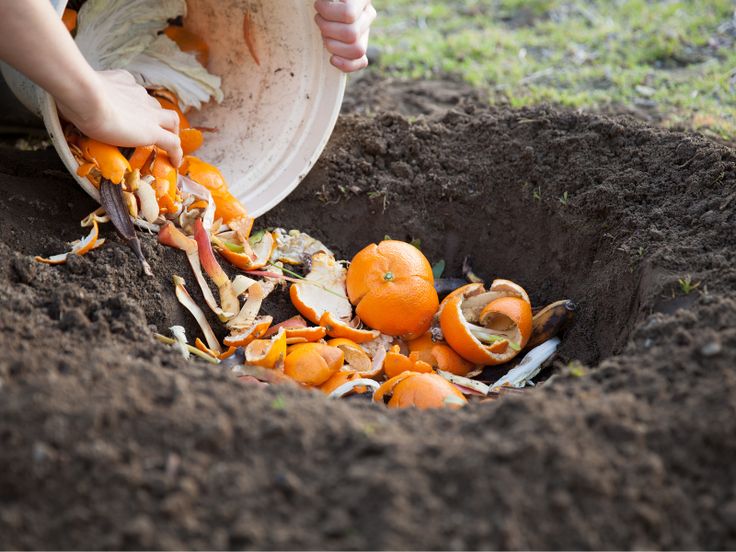
Make sure to add compost to your soil regularly, especially before planting new crops. You can also make compost teas, which are liquid fertilizers that help boost plant health.
3. Use Resistant Varieties
Some plant varieties are bred to be resistant to certain diseases. For example, many tomato varieties are resistant to fusarium and verticillium wilts. By choosing these varieties, you can avoid common diseases.
When buying seeds or seedlings, check the label to see if they are resistant to diseases that are common in your area.
4. Remove Infected Plants
If a plant shows signs of disease, it is best to remove it as soon as possible. This prevents the disease from spreading to healthy plants. Make sure to:
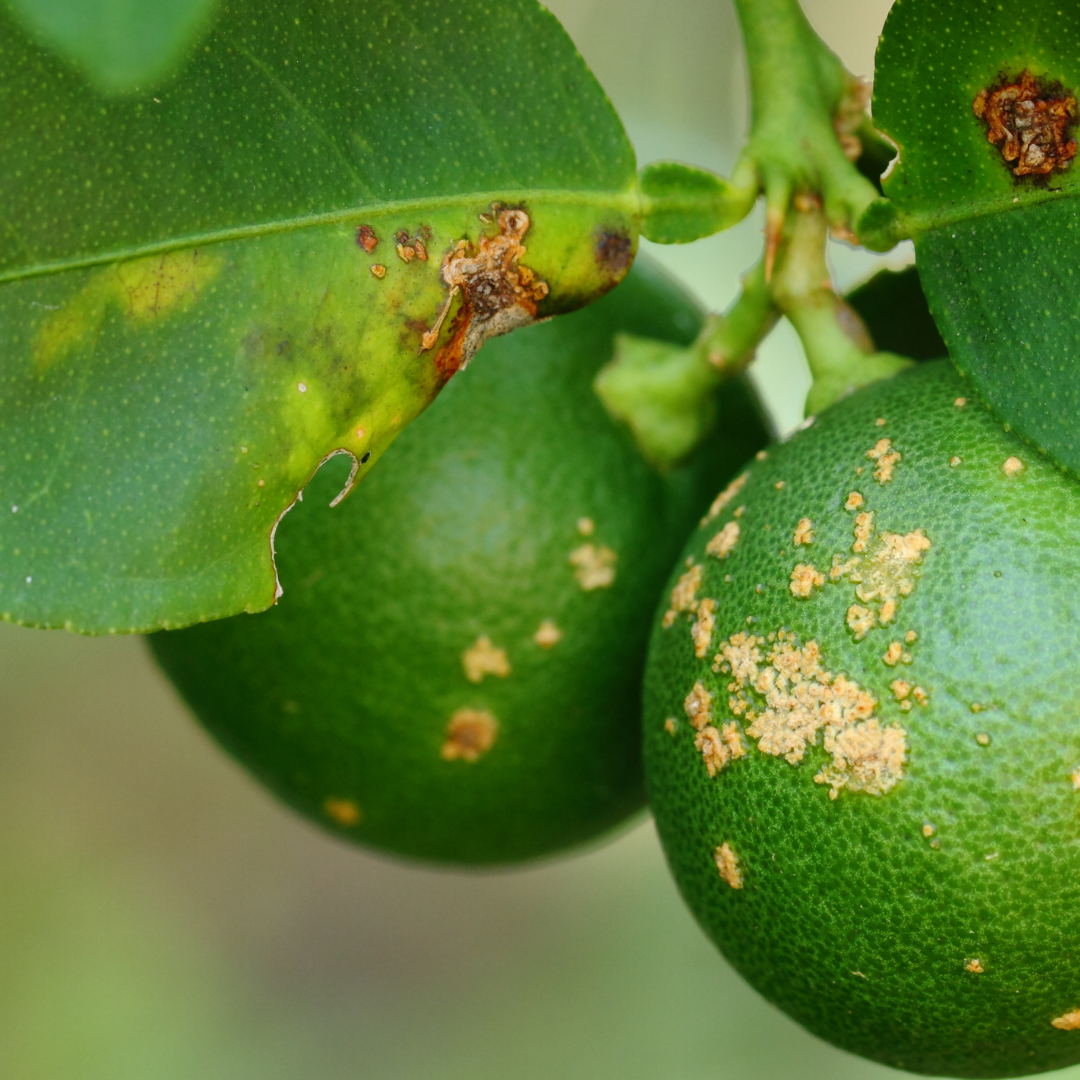
- Pull out the infected plant, including the roots.
- Dispose of it properly by burning it or placing it in the trash (not in the compost pile, as some pathogens can survive in compost).
- Clean your tools after handling diseased plants to avoid spreading the pathogens.
5. Proper Spacing and Pruning
Crowded plants are more likely to develop diseases because moisture gets trapped between the leaves, which encourages the growth of fungi and bacteria. Proper spacing allows air to circulate, keeping the plants dry and reducing the chance of infections.
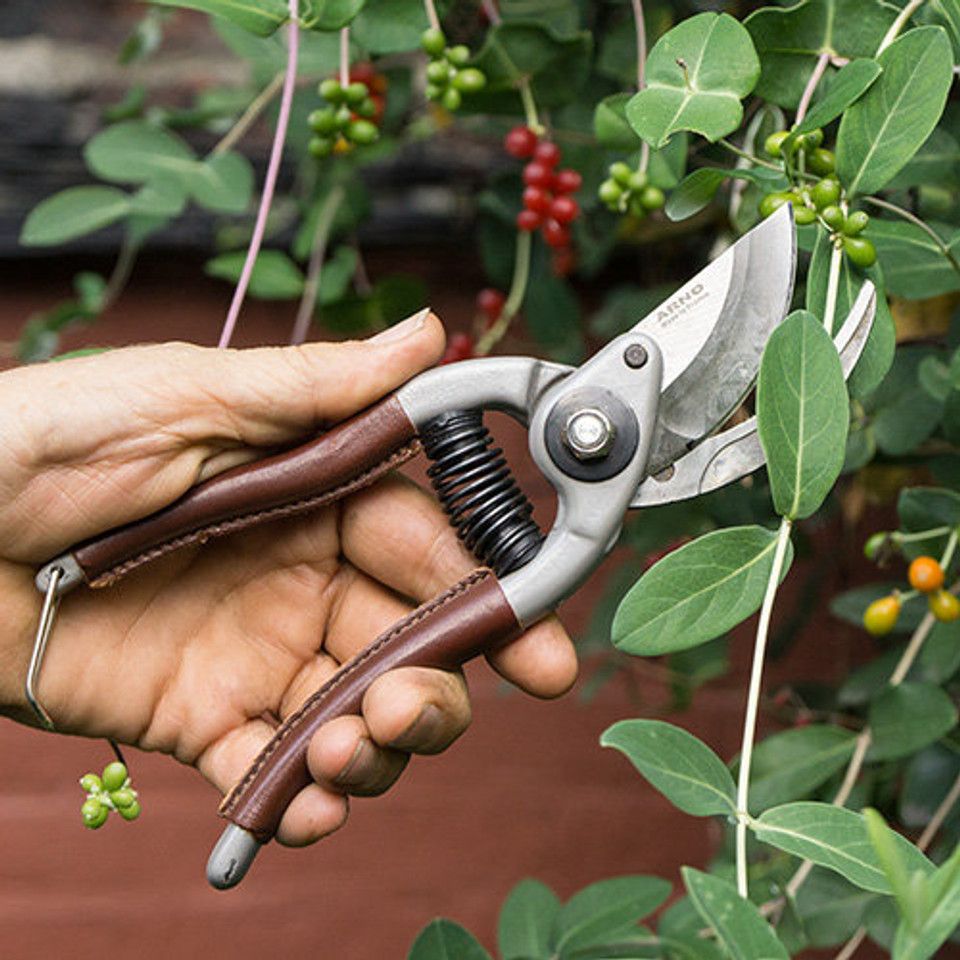
Pruning also helps by removing excess leaves and branches, allowing sunlight to reach all parts of the plant. This is especially important for plants like tomatoes and cucumbers, which can develop fungal diseases if they are too dense.
6. Organic Fungicides
Fungal diseases are very common in plants, but you can treat them with organic fungicides. Some natural substances like copper, sulfur, and neem oil can help prevent and control fungal infections.

Common Organic Fungicides:
- Neem oil: A natural oil extracted from the neem tree, neem oil works as a fungicide and insecticide. It helps control diseases like powdery mildew, rust, and black spot.
- Copper sprays: Copper is effective against fungal infections like downy mildew and late blight. Use it sparingly, as too much copper can harm the soil.
- Baking soda solution: You can make a homemade fungicide by mixing baking soda with water and a bit of liquid soap. This solution works well for powdery mildew.
Apply these fungicides early in the morning or late in the evening to avoid burning the plants in the sun.
7. Beneficial Insects and Microorganisms
Some insects and microorganisms are natural predators of plant pathogens. Introducing beneficial insects like ladybugs or lacewings can help control pest populations that spread diseases.
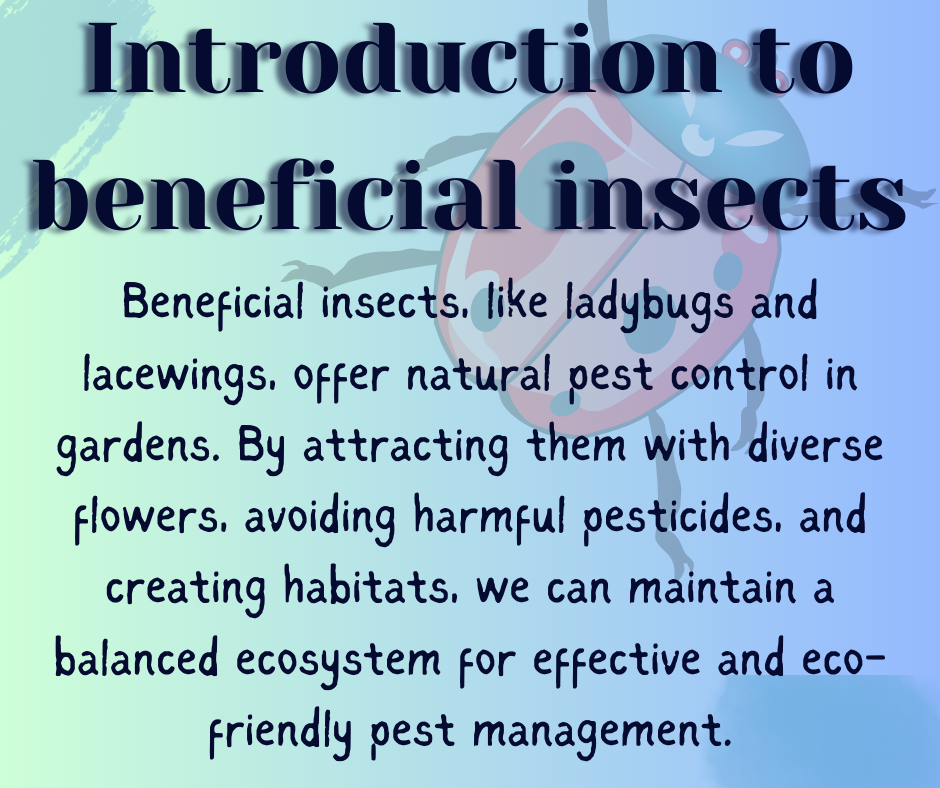
Additionally, some beneficial microorganisms can fight against harmful pathogens in the soil. For example, mycorrhizal fungi help protect plants by forming a protective barrier around their roots.
You can encourage these helpful organisms by planting flowers that attract beneficial insects or by purchasing beneficial microbes from gardening stores.
8. Mulching
Mulching is a simple yet effective way to prevent plant diseases. Mulch acts as a barrier, preventing soil-borne diseases from splashing onto plant leaves during rain or watering.
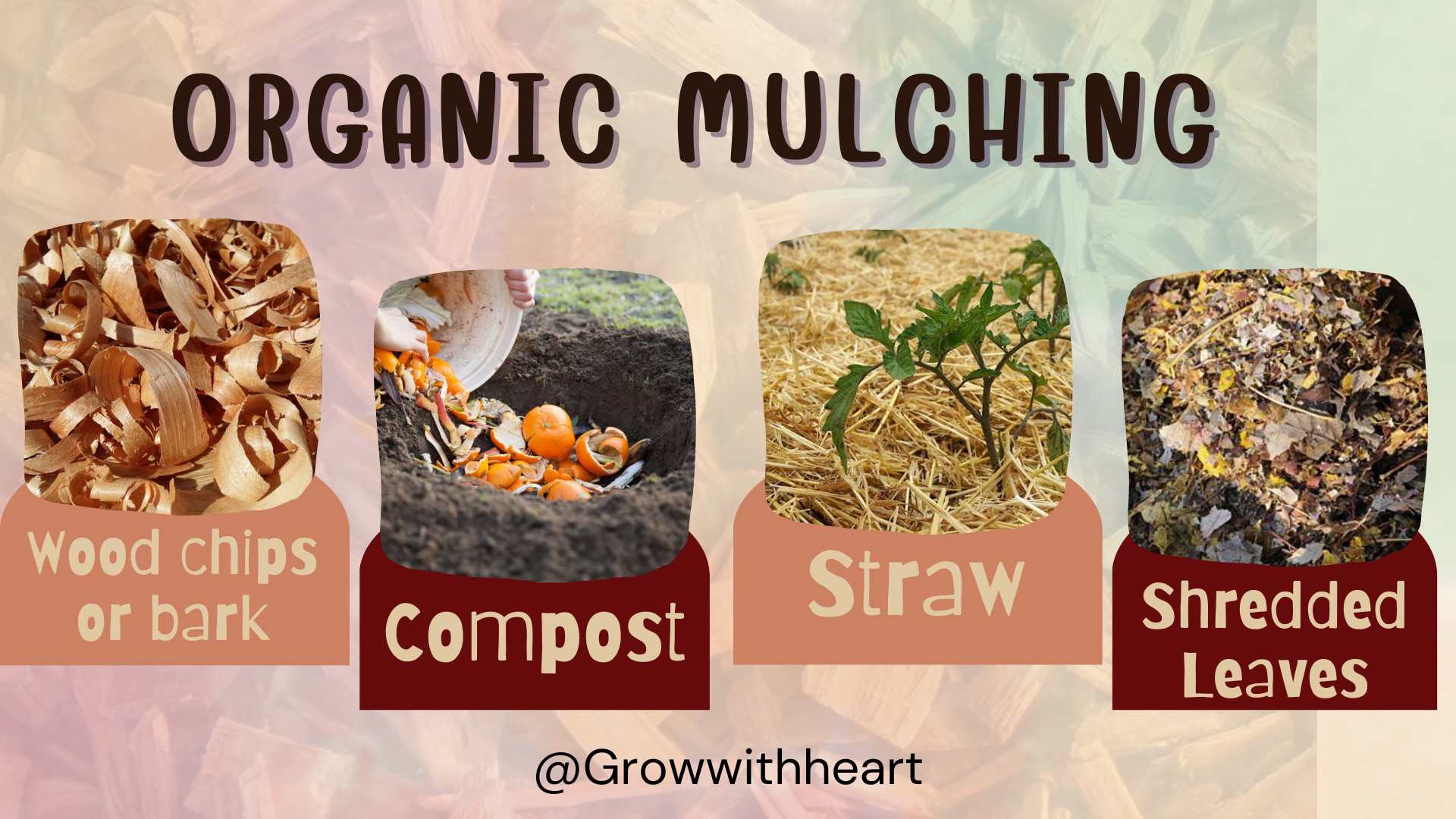
Organic mulches like straw, wood chips, and leaves also help retain moisture, suppress weeds, and improve soil health as they break down.
Apply a layer of mulch around the base of your plants, but make sure it doesn’t touch the stems, as this can cause rot.
9. Watering Practices
How you water your plants can affect disease development. Wet leaves can attract fungi and bacteria, so it’s important to water at the base of the plants, not on the leaves. Water in the morning so the plants have time to dry during the day.

Using drip irrigation or soaker hoses is ideal because they deliver water directly to the roots without wetting the foliage. Also, avoid overwatering, as soggy soil can lead to root rot.
10. Sunlight and Air Circulation
Plants need sunlight and fresh air to stay healthy. Ensuring your plants get enough sunlight will make them stronger and less vulnerable to diseases. Also, proper air circulation reduces the chances of moisture build-up, which can lead to fungal infections.
When planting, choose spots that get plenty of sunlight and have good airflow. Pruning overcrowded plants also helps air circulate.
Conclusion
Dealing with plant diseases can be challenging, but using organic methods can help protect your crops without harming the environment.
By focusing on prevention, improving soil health, and using natural treatments, you can keep your plants healthy and productive. Whether you’re a small-scale gardener or a large-scale farmer, these organic solutions can help you manage common plant diseases effectively.
Taking the time to care for your plants using natural methods not only benefits your garden but also supports a healthier environment and safer food for everyone.
